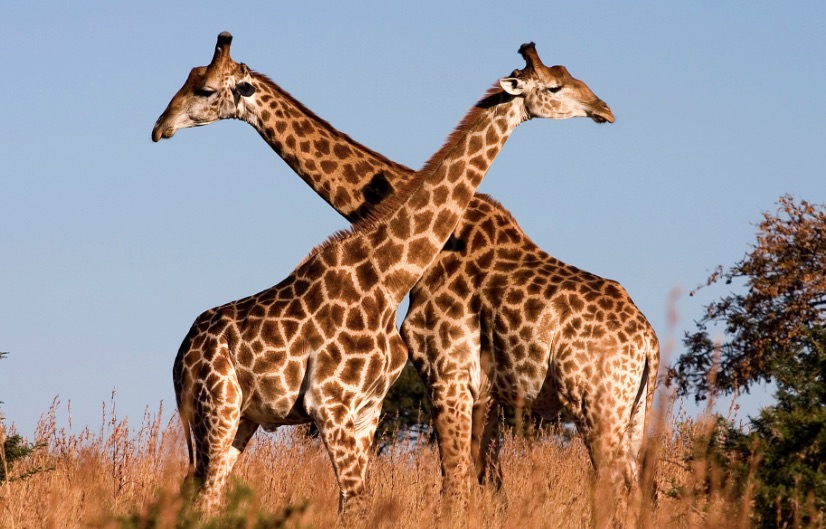A new study says we naturally take it easy.
by Theresa Fisher

Successful
startups — full-blown industries, even — have capitalized on our
predilection for moving our legs as little as possible, otherwise known
as laziness. Why walk across the street to pick up pad thai when you can
Seamless? Why hobble downstairs to hail a cab when you can Uber?
While
we should certainly hang our heads in shame (there’s a fleet of
available taxis directly outside), our reticence to move those stumps of
flesh and atrophied muscle we call legs may have some biological basis.
A
new study,
published in the journal Cell, suggests that we continuously adjust our
gaits as we walk to exert a minimum amount of energy, even when the
payoff is nearly null.
Movement science novices, take
note: A central, decades-old principle in the field says that “people
prefer to move in energetically optimal ways” and, according to some
modern theories, “will adjust their movements to continuously optimize
energetic cost.” But, while previous studies have shown that people do
in fact fine tune how they move so their bodies work more economically,
the goal underlying the fine tuning isn’t so clear. It’s possible that
our nervous systems prioritize a different goal, such as stability or
accuracy, and that decreased energy output is merely a byproduct.
So,
in the current study, researchers focused on what they saw as a
likelier reflection of energy conservation: step frequency, a
“fundamental characteristic of gait.” We all have natural gaits — you’ve
got your shufflers and strutters; leaden-foot stompers and brisk-paced
striders — and, absent some compelling reason, our bodies cling to those
gaits.
People who volunteered for the study donned
robotic exoskeletons. After getting strapped in, they hopped on
treadmills and stepped as they normally would. Then, researchers
increased resistance on the exoskeletons, so participants felt as though
they were lugging around heavier bodies. Participants were randomly
assigned to receive one of two levels of resistance.
Researchers
kept pressure low enough to allow relatively normal walking, because,
as they explained in the study, saddling participants with bone-crushing
weight would have made it hard to tell if they changed their gaits to
save energy or to minimize the pressure load.
At one
point in the study, participants spent 15 minutes walking around.
Researchers told them to explore their “novel energetic landscape” at
higher and lower step frequencies, as well as match their steps to a
variety of steady metronome beats. Then, after forced exploration ended,
participants walked however they pleased, at which point, the study
says, they quickly adapted to energy-conserving step frequencies. And
these preferred frequencies differed from their stepping styles both
pre-exoskeleton and after researchers increased resistance (to see how
they stepped to accommodate heavier weight).
Basically, researchers made them step in every which way, and measured changes in frequency.
“Subjects
achieved most of the cost savings immediately after the exploration
period,” wrote researchers, “yet they continued to fine-tune their step
frequency for vanishingly small energetic savings.”
So
there you have it: We may be wired to be lazy, even when we’re hardly
saving energy. But don’t blame your nervous system when your Seamless
bill rivals your rent. All you need to do is start moving your legs, and
your body will make your walk as effortless as possible.






















